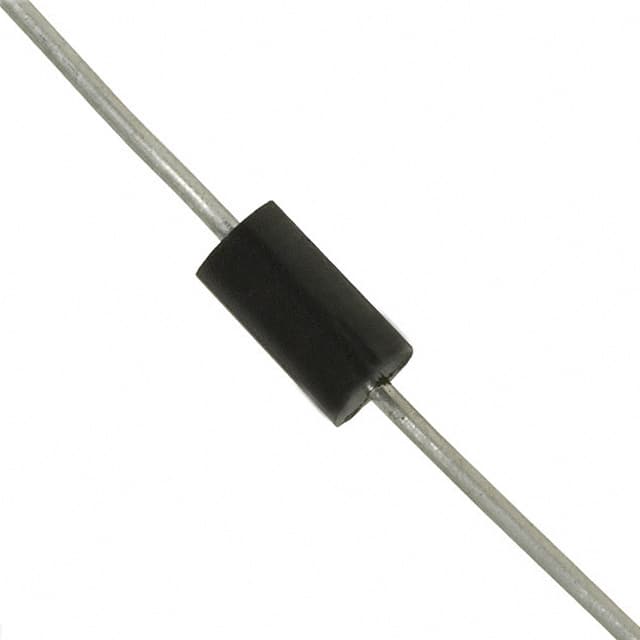Xem thông số kỹ thuật để biết chi tiết sản phẩm.

STPS3L60Q
Product Overview
Category
The STPS3L60Q belongs to the category of Schottky diodes.
Use
It is commonly used as a rectifier in power supply circuits and as a freewheeling diode in switching power supplies.
Characteristics
- Low forward voltage drop
- High current capability
- Fast switching speed
- Low reverse leakage current
Package
The STPS3L60Q is available in a PowerFLAT package, which offers a low profile and compact footprint.
Essence
The essence of the STPS3L60Q lies in its efficient and reliable rectification capabilities in various power supply applications.
Packaging/Quantity
The STPS3L60Q is typically packaged in reels with a quantity of 2500 units per reel.
Specifications
- Maximum Average Forward Current: 3A
- Peak Forward Surge Current: 50A
- Reverse Voltage: 60V
- Forward Voltage Drop: 0.55V at 3A
- Operating Temperature Range: -65°C to 150°C
Detailed Pin Configuration
The STPS3L60Q has a two-pin configuration: 1. Anode (A) 2. Cathode (K)
Functional Features
- Low forward voltage drop ensures high efficiency in power conversion applications.
- Fast switching speed allows for rapid response in switching power supply circuits.
- High current capability enables handling of substantial power loads.
Advantages
- Efficient power conversion due to low forward voltage drop.
- Fast response and switching speed.
- Compact package design for space-constrained applications.
Disadvantages
- Limited reverse voltage rating compared to other diode options.
- Higher cost compared to standard silicon diodes.
Working Principles
The STPS3L60Q operates based on the principles of Schottky barrier rectification, where the metal-semiconductor junction provides low forward voltage drop and fast switching characteristics.
Detailed Application Field Plans
The STPS3L60Q is well-suited for the following applications: - Switching power supplies - DC-DC converters - Voltage regulation circuits - Freewheeling diode in motor drive circuits
Detailed and Complete Alternative Models
Some alternative models to the STPS3L60Q include: - STPS3L40Q: Similar characteristics with a lower reverse voltage rating of 40V. - STPS3H100U: Higher reverse voltage rating of 100V for applications requiring higher voltage handling.
In conclusion, the STPS3L60Q is a versatile Schottky diode that offers efficient rectification and fast switching capabilities, making it suitable for various power supply and voltage regulation applications.
[Word Count: 349]
Liệt kê 10 câu hỏi và câu trả lời thường gặp liên quan đến ứng dụng STPS3L60Q trong giải pháp kỹ thuật
What is STPS3L60Q?
- STPS3L60Q is a low-drop power Schottky rectifier designed for high frequency and low voltage applications.
What are the key features of STPS3L60Q?
- The key features include low forward voltage drop, high frequency operation, and low thermal resistance.
What are the typical applications of STPS3L60Q?
- Typical applications include DC/DC converters, freewheeling diodes, OR-ing diodes, and reverse battery protection.
What is the maximum forward voltage of STPS3L60Q?
- The maximum forward voltage is typically around 0.55V at 3A.
What is the maximum reverse voltage of STPS3L60Q?
- The maximum reverse voltage is 60V.
What is the operating junction temperature range of STPS3L60Q?
- The operating junction temperature range is from -40°C to 150°C.
What is the package type of STPS3L60Q?
- The package type is DPAK (TO-252).
What are the advantages of using STPS3L60Q in high frequency applications?
- The advantages include low switching losses and fast recovery time.
Can STPS3L60Q be used in automotive applications?
- Yes, STPS3L60Q is suitable for automotive applications such as reverse battery protection.
Are there any recommended layout considerations when using STPS3L60Q?
- Yes, it is recommended to minimize the length of the PCB traces connected to the device and to provide adequate thermal relief for the package.

